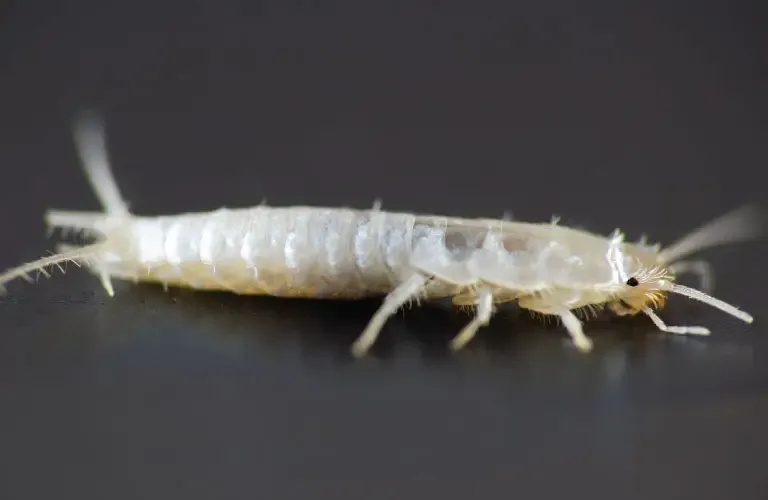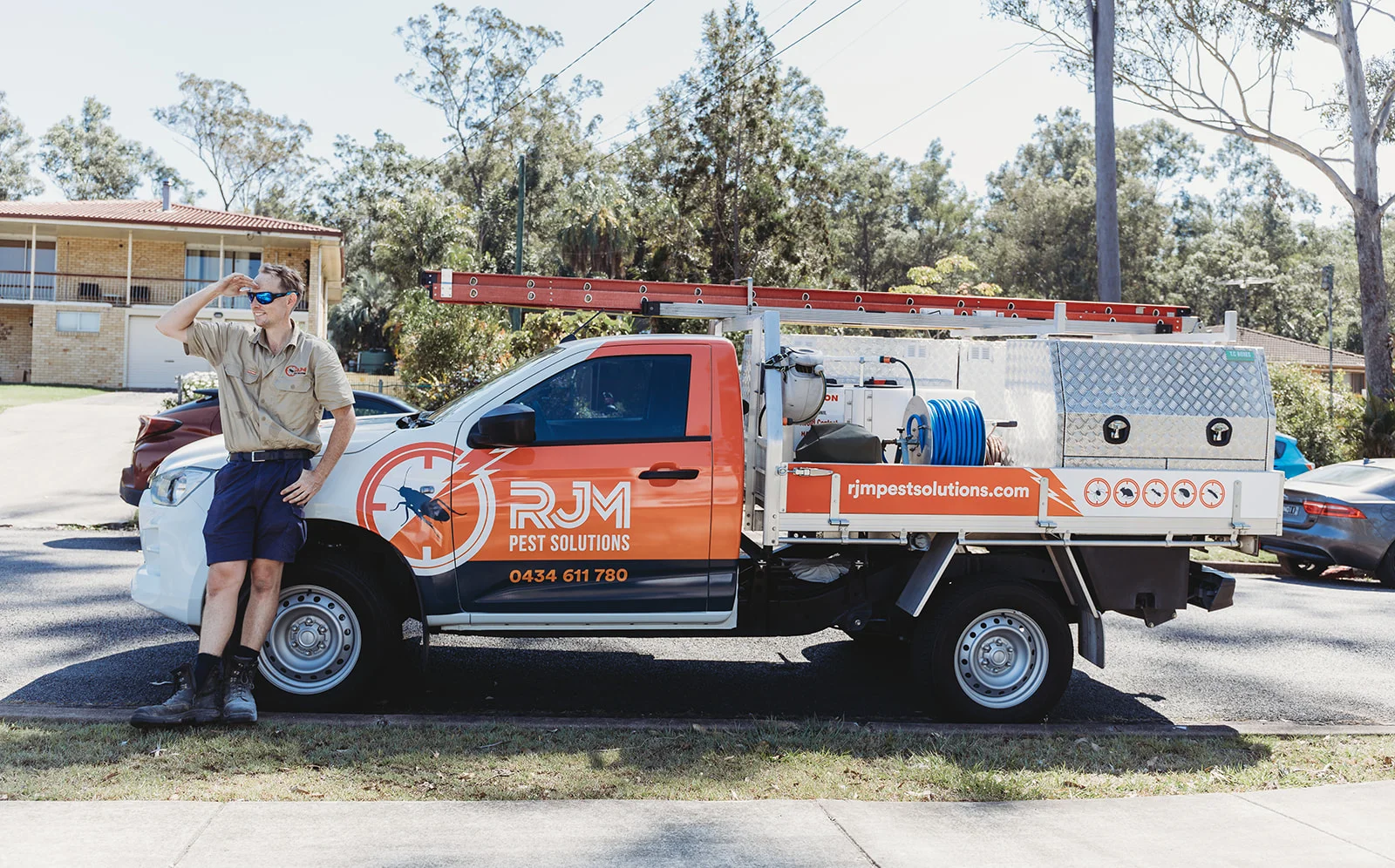Silverfish Pest Control
Silverfish are more than just an unsettling sight. These small, silver-grey insects can cause significant damage to your home, books, clothing, and personal belongings if left unchecked.
Silverfish pest control services focus on rapid detection, safe and effective treatment, and sustainable prevention strategies tailored to your local environment.
Whether you’re dealing with ongoing sightings or simply want to prevent a future infestation, professional pest control ensures your home or business is protected. Expert pest control targets silverfish at the source and prevents long-term damage and recurring infestations.
Why Silverfish Invade Homes and Why You Should Act Fast
Silverfish are drawn to dark, moist environments, commonly found in bathrooms, kitchens, laundry rooms, and roof cavities. Ipswich’s climate provides ideal conditions for silverfish to thrive year-round.
They feed on starchy materials such as paper, glue, fabric, and even pantry items, causing unseen damage until it’s too late.
Silverfish typically enter through cracks, gaps, or poorly sealed openings, and they reproduce quickly in hidden areas.
Acting quickly helps you:
- Prevent long-term damage to books, wallpaper, and clothes
- Avoid costly repairs caused by ongoing infestations
- Identify underlying moisture or humidity problems
- Maintain a clean and pest-free environment
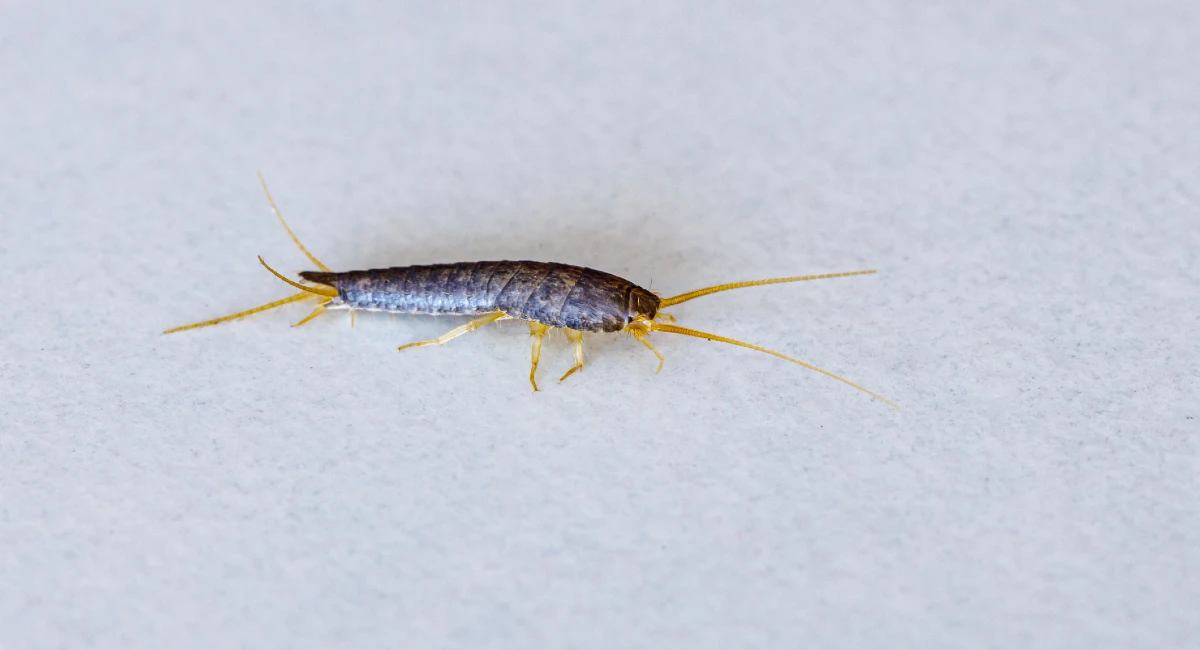
Common Types of Silverfish
Common Silverfish (Lepisma saccharina)
The most widespread silverfish species found in Australian homes. These insects have a shiny, silver-grey body and a fish-like, wriggling motion. Adults can grow up to 12 mm long with long antennae and three tail-like bristles.
They prefer cool, damp, dark areas like bathrooms, kitchens, and roof voids. They feed on starchy materials such as paper, cardboard, glue, wallpaper paste, sugar, and dead insects. Over time, they can damage documents, packaging, and clothing.
They are difficult to detect early, reproduce rapidly, and can live up to 8 years. Effective control requires sanitation, dehumidification, and targeted insecticide application in voids and crevices.
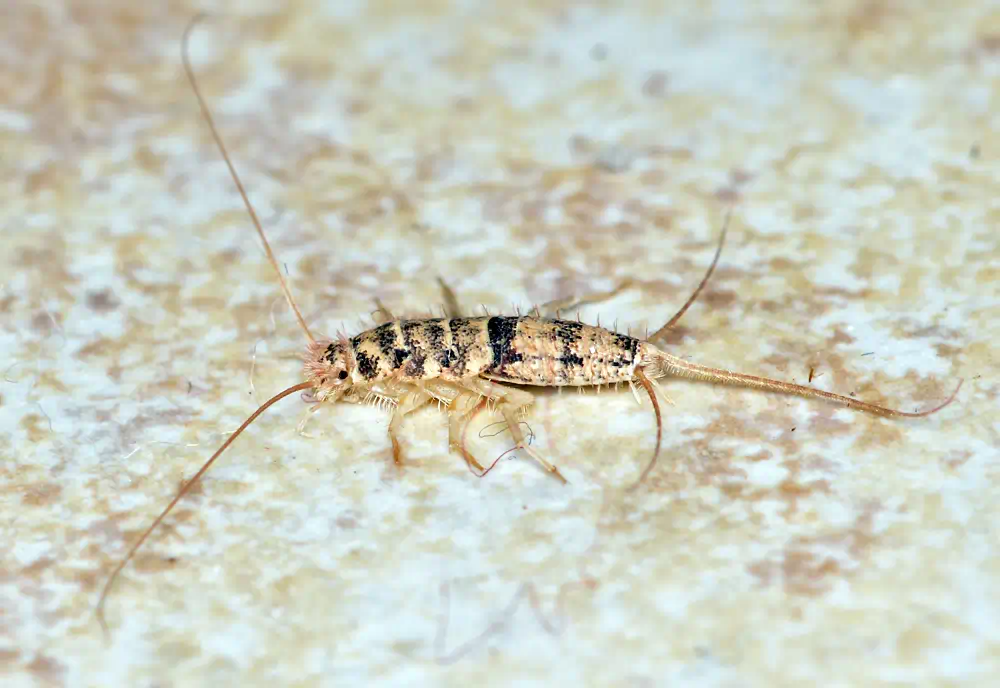
Firebrats (Thermobia domestica)
Firebrats are closely related to silverfish but thrive in hot, humid areas. They are grey with dark mottling and slightly thicker in shape.
Common hiding spots include areas around hot water heaters, roof cavities, laundry rooms, and ovens, anywhere the temperature consistently exceeds 32°C. Like silverfish, firebrats feed on starches, glue, fabrics, and even synthetic materials.
Their preference for warmth and their rapid reproduction make infestations hard to manage without professional treatment. Targeted dusts, heat-tolerant treatments, and humidity control are key to effective elimination.
How to Identify Silverfish in Your Home
Silverfish are elusive and primarily active at night, which makes them difficult to detect. Signs to watch for include:
- Silvery insects darting away when you turn on lights
- Small, irregular holes in clothing, wallpaper, or cardboard
- Yellowish stains on paper or books
- Shed skins in cupboards or along skirting boards
- Activity around sinks, bathtubs, or roof voids
If you’re seeing any of these symptoms, it’s time to schedule a professional pest control inspection.
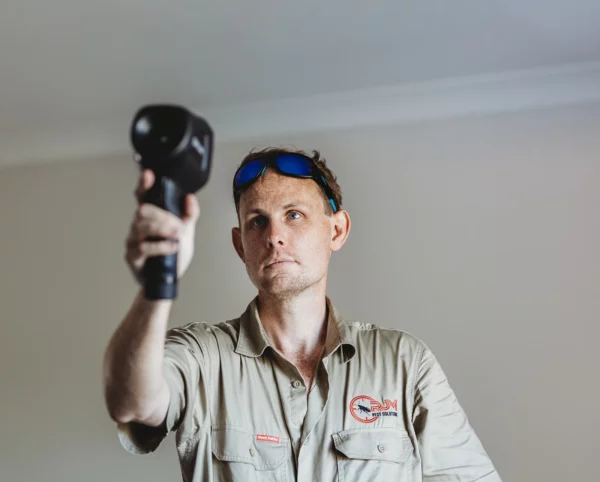
Silverfish infestations can grow quietly over time. Look out for:
- Regular sightings of silver, scaly insects at night
- Small feeding holes or notches on cardboard and fabrics
- Silverfish droppings (small, pepper-like pellets)
- Shed exoskeletons in cupboards or storage areas
- Signs of moisture damage in walls, ceilings, or cupboards
These signs suggest an established infestation that requires immediate treatment to prevent ongoing damage.
Keeping silverfish out starts with reducing moisture and limiting their food sources:
- Use a dehumidifier in damp areas
- Repair leaking pipes and improve ventilation
- Store papers, books, and clothing in sealed containers
- Vacuum regularly, especially in corners and storage areas
- Declutter cardboard boxes, newspapers, and unused items
- Seal cracks and gaps around baseboards, vents, and wiring
- Fix broken tiles and deteriorated grout in wet areas
Consistent cleaning and maintenance are essential to keeping silverfish out long-term.
Effective Silverfish Control Treatment in Ipswich
Professional silverfish pest control goes beyond surface sprays. A complete treatment typically includes:
- Detailed inspection to find infestation zones and access points
- Application of insecticidal dusts in wall voids, roof spaces, and cracks
- Residual spray treatments around baseboards and high-risk areas
- Moisture control recommendations to prevent reinfestation
- Ongoing monitoring or follow-up treatment where necessary
All treatments are applied with precision and are safe for children, pets, and sensitive environments when performed by licensed experts.
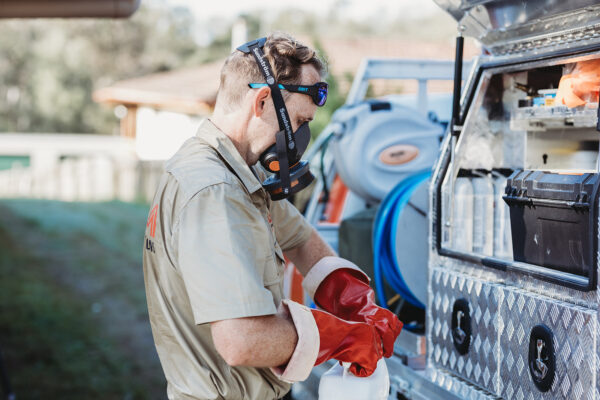
Silverfish are hardy, secretive pests, and DIY methods often fall short. A qualified technician will:
- Identify the species and locate all hiding places
- Tailor the treatment to your specific property layout and conditions
- Offer expert guidance on reducing humidity and pest harbourage
- Protect irreplaceable items like books, documents, and keepsakes
RJM Pest Solutions provides expert silverfish pest control services across Ipswich. We understand the local climate and pest behaviour and use proven methods to deliver lasting results.
Don’t let silverfish quietly destroy your belongings. The longer they’re allowed to thrive, the more damage they can cause.
RJM Pest Solutions offers fast inspections, safe treatments, and expert advice to help eliminate silverfish and keep your property pest-free for the long term.
Book your silverfish pest control inspection today and take the first step toward lasting peace of mind.








